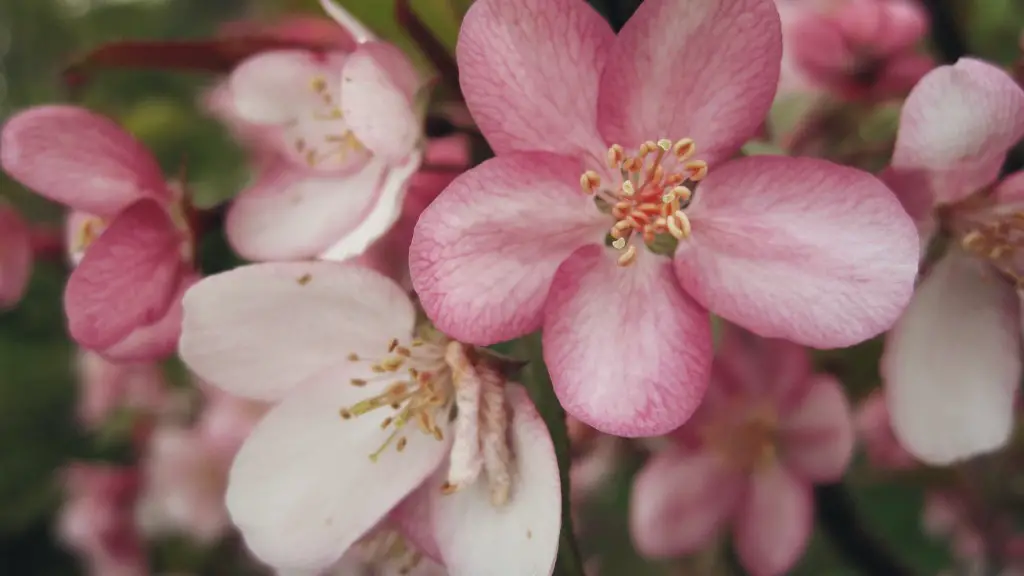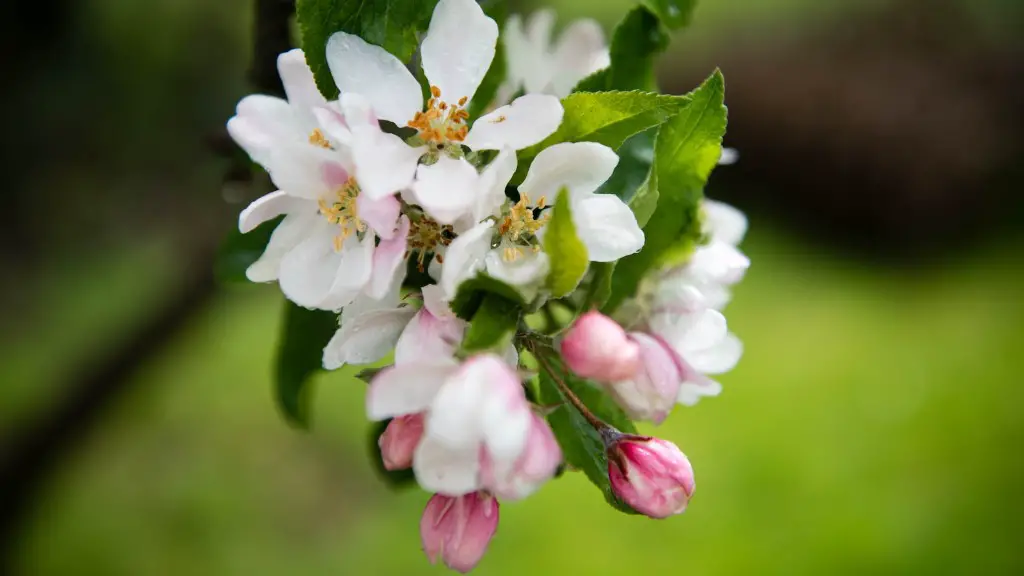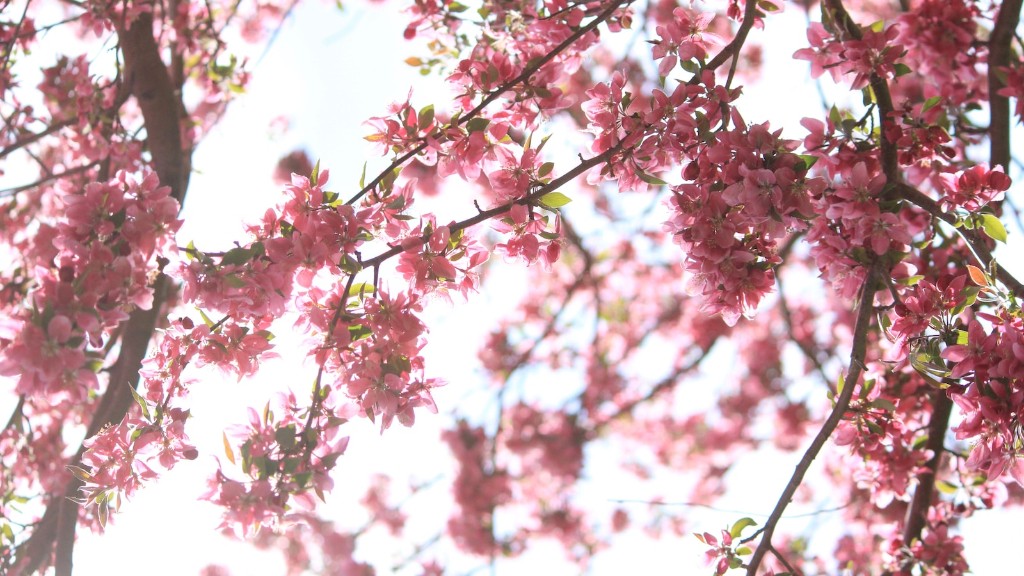General Overview and Maintenance
Cherry trees come in many shapes, sizes, and varieties, so proper care and maintenance will vary depending on the species and location of your tree. However, there are some basic practices that will apply to any cherry tree’s health and wellbeing. Giving your Cherry tree enough sunlight, water, and air are three of the most fundamental factors of keeping your tree healthy. Proper and consistent trimming is also essential for a healthy tree, as it will allow for more light and air to reach the tree, and improve its overall structural integrity. Likewise, effective pest and disease control is important for any tree, as pest problems can weaken the tree’s ability to resist disease.
Watering & Fertilization
Cherry trees are relatively drought tolerant, but they do still require regular supplemental care in the form of irrigation and fertilization. Depending on the location of the tree and the area’s climate, the tree will require different amounts of water. Trees planted in areas with low precipitation may need weekly irrigation, but if rainfall is sufficient, additional water may not be necessary. Fertilizing your tree can also provide important benefits. Applying balanced fertilizer to your tree’s base can help promote healthy growth and strong root systems.
Pest Management
Pests can be destructive to any type of tree, and keeping them away from cherry trees is essential. Common pests such as aphids, Japanese beetles, and spider mites are all attracted to cherries, so it is important to regularly inspect your tree for signs of infestation and take preventative steps. Insecticidal sprays or horticultural oils can be used to help keep your tree pest-free. Traps or beneficial insects can also be used to draw pest away from the tree.
Disease Prevention
Diseases can also impact cherry trees, and prevention is the best way to keep your tree healthy. Monitoring the tree’s leaves and fruit is the key to spotting signs of disease early on. Common diseases that affect cherry trees are bacterial canker, brown rot, and anthracnose. Fungicides can be used as preventative measures and to cure existing diseases. Additionally, biological control may be used to keep disease-carrying organisms away from your tree.
Structural Care
Structural care involves trimming and pruning your cherry tree. Proper pruning can ensure the tree has a strong form and can reduce the impact of diseases, pests, and environmental factors on the tree. Pruning can be done at any time during the tree’s growing season, but it should only be done to remove dead or diseased branches, encourage fruit production, and shape the tree into desired forms.
Protect from Cold and Heat
Depending on the region of the tree, taking measures to protect your cherry tree from extreme cold or heat can be beneficial. During the winter months, using frost blankets can help insulate the tree’s immediate area. In the summer months, providing high-quality mulch around the tree will help protect the cherry tree from temperature fluctuations.
Correct Soil Conditions
Robust soil conditions are essential for a cherry tree’s health and growth. The soil should not become overly wet or dry, and it should be amended with organic material as necessary. Improper soil conditions can lead to nutrient deficiencies and other issues, so maintaining the soil conditions as needed is important.
Safe Site Selection
When planting a cherry tree, it is important to select a site that is safe for the tree. This means avoiding areas with standing water, heavy wind, or poor drainage that could damage the tree. A sunny, well-protected area should be chosen to ensure the tree can thrive in its environment.


